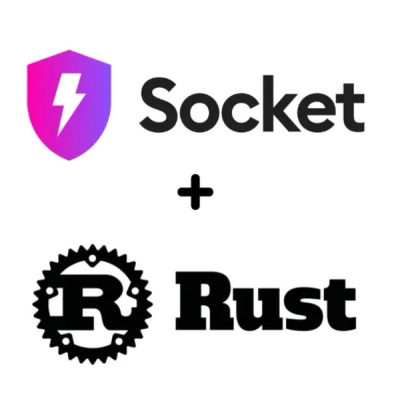
Security News
Crates.io Users Targeted by Phishing Emails
The Rust Security Response WG is warning of phishing emails from rustfoundation.dev targeting crates.io users.
Manage environment variables with 1Password. It is a wrapper around the [1password-cli](https://developer.1password.com/docs/cli/get-started/) that allows you to store environment variables in 1Password and load them in a way that is comparable to (and us
Manage environment variables with 1Password. It is a wrapper around the 1password-cli that allows you to store environment variables in 1Password and load them in a way that is comparable to (and uses) dotenv.
Add the package using your favorite package manager:
$ pnpm add 1pass-env
You will need to create a .1pass-envrc file at the root of your project:
{
"development": {
"item": "Cool app.jpeg", // required
"vault": "envs", // optional
"account": "my.1password.com" // optional
},
"production": {
"item": "jtm2ddhxqwx8orfgfjxknzp5re" // can also be the UUID of the item
}
}
The development and production keys are the names of the environments you
want to use. You can add as many different environments with different names as
you want. The default environment is development, but this can be configured
with the OP_ENV_NAME environment variable.
The vault key is optional but is recommended to reduce the number of
API calls to 1Password. The account key is also optional and defaults to
whichever account op is currently logged into.
The account value can be any of the described by the 1password CLI
documentation. The item and vault
values and the accepted formats are described
here
in the 1password CLI docs.
Once you have created the .1pass-envrc file, you can load the environment
variables in a few different ways using 1pass-env.
Command line:
$ node -r 1pass-env/config ./index.js
Programmatically with import:
import '1pass-env/config';
or
import { config } from '1pass-env';
config();
Programmatically with require:
require('1pass-env').config();
To configure the environment variables within 1password, you will need to create
a new item and add the desired variables as individual fields within the new
item. Fields with empty keys or values will be ignored. Fields are also ignored
if they do not match the pattern ^[A-Z0-9_]+$.
configInjects the environment variables into process.env. The environment name can
also be passed as an argument to this function.
import { config } from '1pass-env';
config({ envName: 'staging' });
This package does not (yet) support 1password Connect Server access.
FAQs
Manage environment variables with 1Password. It is a wrapper around the [1password-cli](https://developer.1password.com/docs/cli/get-started/) that allows you to store environment variables in 1Password and load them in a way that is comparable to (and us
We found that 1pass-env demonstrated a not healthy version release cadence and project activity because the last version was released a year ago. It has 1 open source maintainer collaborating on the project.
Did you know?

Socket for GitHub automatically highlights issues in each pull request and monitors the health of all your open source dependencies. Discover the contents of your packages and block harmful activity before you install or update your dependencies.

Security News
The Rust Security Response WG is warning of phishing emails from rustfoundation.dev targeting crates.io users.

Product
Socket now lets you customize pull request alert headers, helping security teams share clear guidance right in PRs to speed reviews and reduce back-and-forth.

Product
Socket's Rust support is moving to Beta: all users can scan Cargo projects and generate SBOMs, including Cargo.toml-only crates, with Rust-aware supply chain checks.